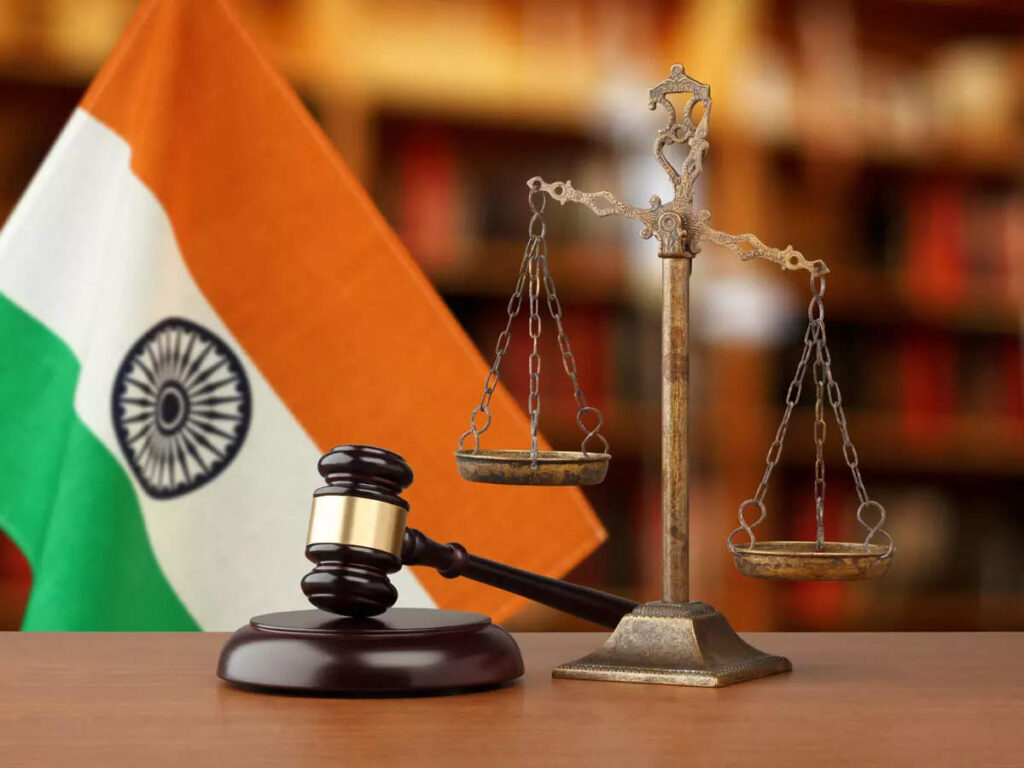
India has a rich and diverse legal system that has evolved over centuries and is heavily influenced by British common law. The Indian legal system is characterized by a federal structure, with a central government and states each having their own legal system. The Indian legal system is based on the Constitution of India, which was adopted in 1950 and provides the framework for the governance of the country.
The Indian legal system is divided into two main branches: the judiciary and the executive. The judiciary is the branch responsible for interpreting and enforcing the law, while the executive is responsible for implementing and enforcing the law. The judiciary is independent of the executive branch and is considered one of the pillars of Indian democracy.
The Indian judiciary consists of various levels, with the Supreme Court being the highest court of appeal. The Supreme Court has the power to interpret the Constitution and hear appeals from lower courts. Below the Supreme Court, there are High Courts in each state, which have the power to hear appeals from lower courts within their jurisdiction. Below the High Courts, there are District Courts, which are the primary trial courts in India.
One of the unique features of the Indian legal system is the presence of a dual legal system. The Indian legal system recognizes both civil law and common law. The civil law system is based on the Indian Contract Act, the Indian Evidence Act, and the Indian Penal Code. The common law system, on the other hand, is based on precedents set by courts in previous cases. The common law system is more prevalent in the High Courts and Supreme Court, while the civil law system is more prevalent in the District Courts.
Another important aspect of the Indian legal system is the role of alternative dispute resolution mechanisms, such as arbitration and mediation. These mechanisms are becoming increasingly popular in India as a means of resolving disputes outside of the traditional court system. They are seen as a way to reduce the backlog of cases in the courts and provide a more efficient and cost-effective means of resolving disputes.
In recent years, the Indian legal system has undergone significant reforms aimed at making the system more efficient and accessible to all citizens. One of the key reforms has been the introduction of the National Judicial Appointments Commission (NJAC), which is responsible for appointing judges to the higher courts. The NJAC has been established to ensure greater transparency and accountability in the appointment process and to reduce the influence of political considerations.
Despite these reforms, the Indian legal system continues to face significant challenges. One of the main challenges is the backlog of cases in the courts. This backlog is due to a variety of factors, including a shortage of judges and court staff, a lack of infrastructure, and outdated procedures. The backlog has led to long delays in the resolution of cases and has eroded public trust in the legal system.
In conclusion, the Indian legal system is a complex and diverse system that has evolved over centuries. It is characterized by a federal structure, with a central government and states each having their own legal system. The Indian legal system is based on the Constitution of India, which provides the framework for the governance of the country. Despite facing significant challenges, the Indian legal system has undergone significant reforms aimed at making the system more efficient and accessible to all citizens.

